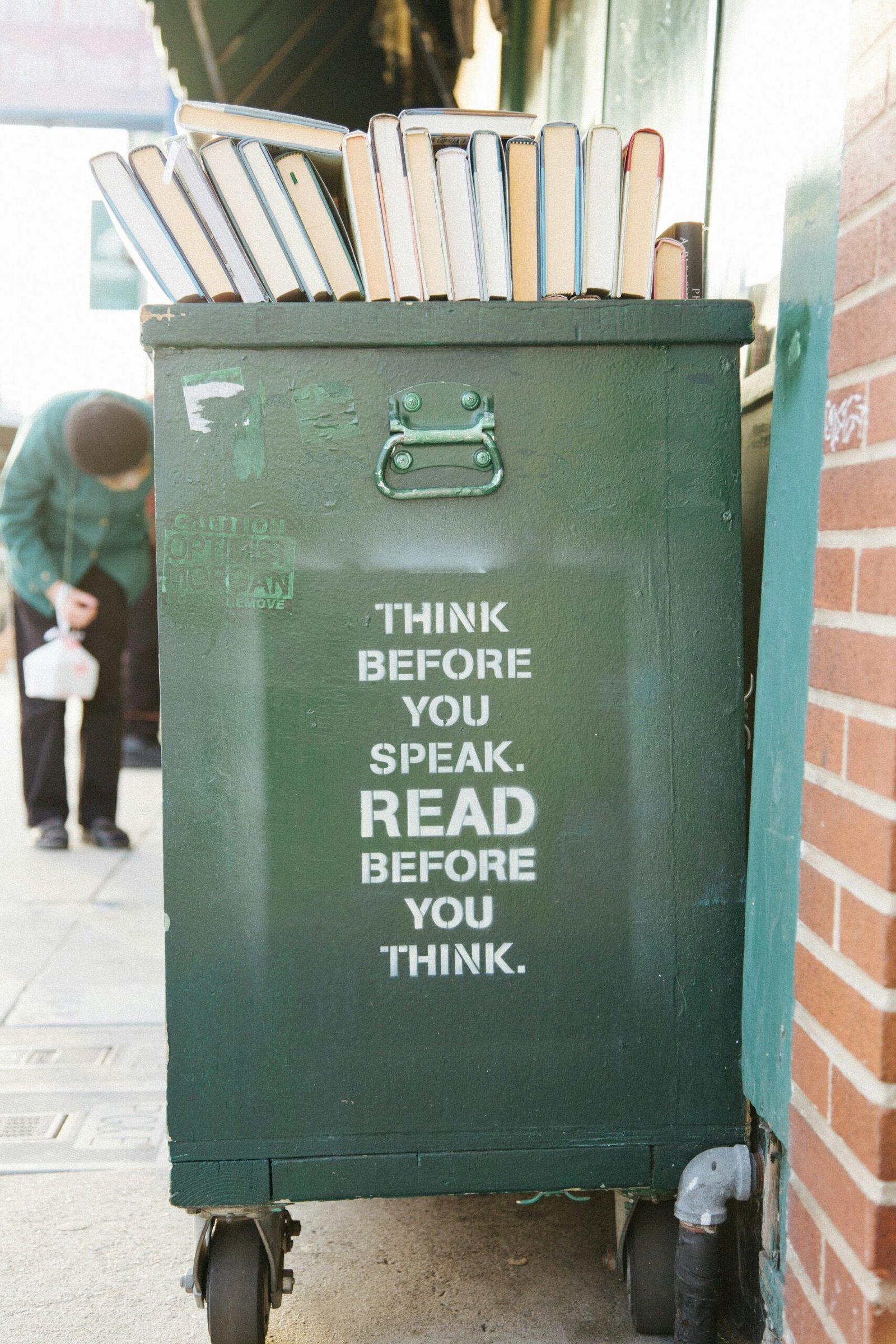
The Evolution of Art
One of the earliest forms of art can be found in the cave paintings that date back thousands of years. These primitive drawings were created by early humans using natural pigments and were often representations of animals and hunting scenes. These cave paintings not only served as a form of artistic expression but also provided valuable insights into the lives and cultures of our ancestors.
Ancient Egyptian Art
The ancient Egyptians developed a highly sophisticated artistic style that is still admired today. Their art was characterized by its symbolic nature and its focus on depicting the pharaohs, gods, and goddesses. The Egyptians also excelled in the art of sculpture, creating monumental statues and intricate carvings that showcased their mastery of the craft.
Ancient Greek Art
In ancient Greece, art took on a different form. The Greeks valued beauty and harmony and believed that art should reflect these ideals. Their sculptures, such as the famous statue of Zeus at Olympia, were incredibly lifelike and showcased the human form in all its glory. Greek pottery was another important art form, with intricate designs and storytelling motifs adorning the vessels.
The Renaissance
During the Renaissance period, art experienced a significant shift. Artists such as Leonardo da Vinci, Michelangelo, and Raphael pushed the boundaries of artistic expression and created some of the most iconic artworks in history. The Renaissance was characterized by a renewed interest in the classical world, with artists drawing inspiration from ancient Greek and Roman art.
The Impact of Photography
The advent of photography in the 19th century revolutionized the art world once again. With the invention of the camera, artists no longer had to rely solely on their skills in painting or sculpture to capture the world around them. Photography allowed for a more accurate and realistic representation of the world, and artists began to experiment with new techniques and perspectives.
The Modern Era
In the 20th century, art took on even more diverse forms. The emergence of abstract art, surrealism, and pop art challenged traditional notions of beauty and pushed the boundaries of artistic expression. Artists such as Pablo Picasso, Salvador Dali, and Andy Warhol revolutionized the art world and left a lasting impact on future generations.
The Digital Age
Today, art continues to evolve and adapt to the changing world. With the rise of technology, artists have embraced digital mediums and created new forms of art that were unimaginable just a few decades ago. From digital paintings to virtual reality installations, the possibilities for artistic expression are endless.
The Future of Art
The future of art holds endless possibilities. With the integration of technology, the exploration of new mediums, and a continued commitment to addressing social and environmental issues, art will continue to evolve and captivate audiences for generations to come.



